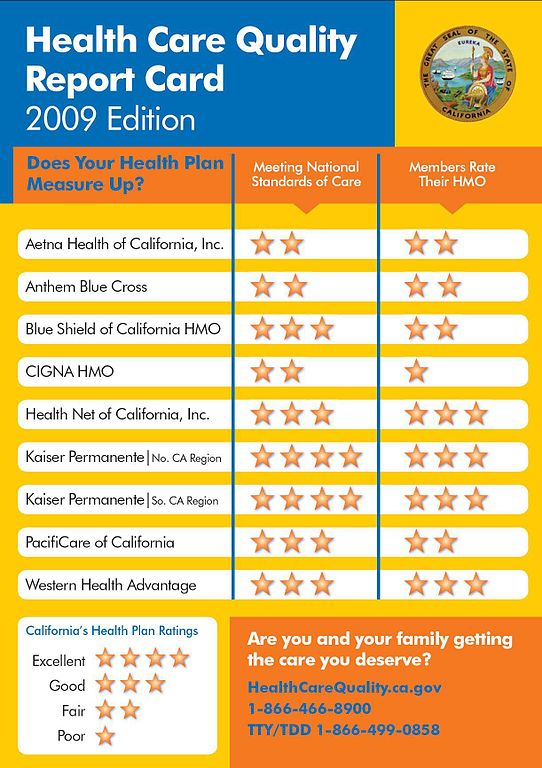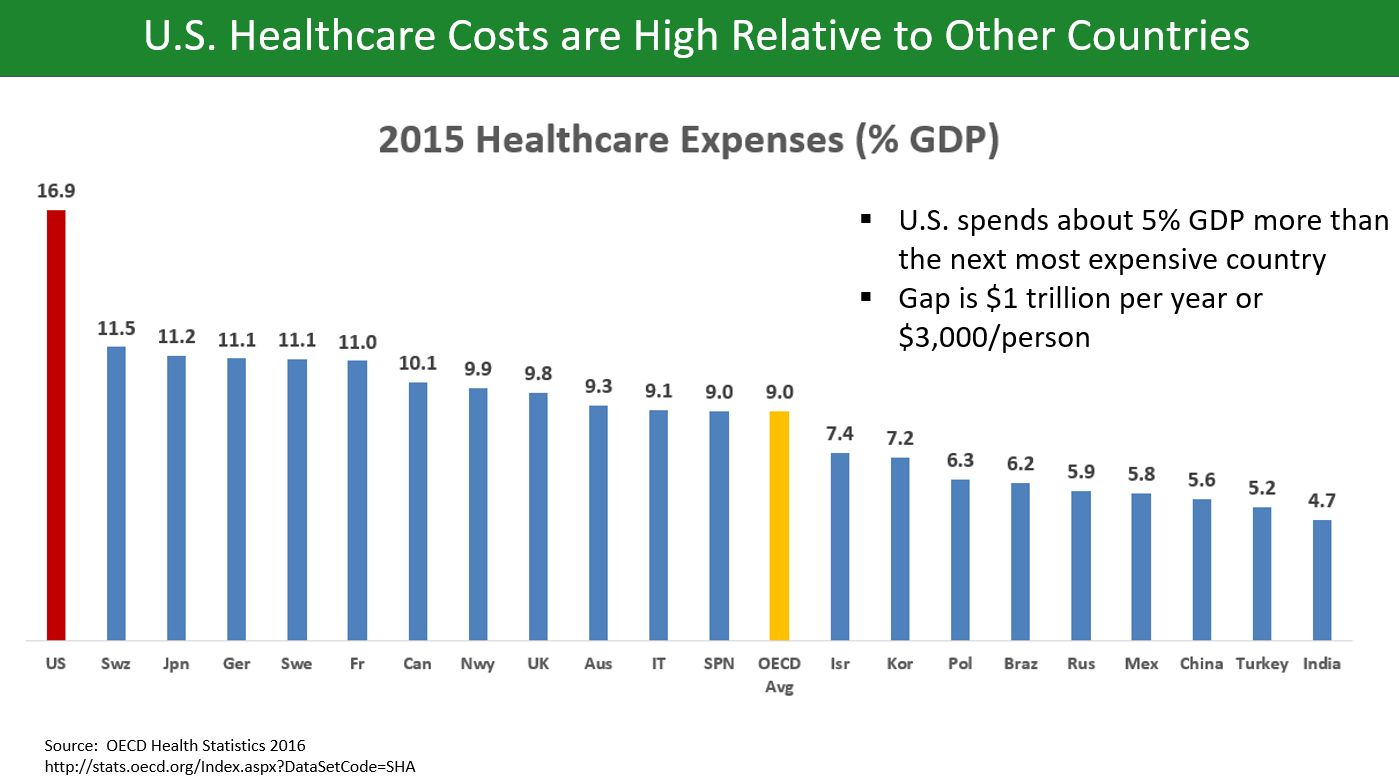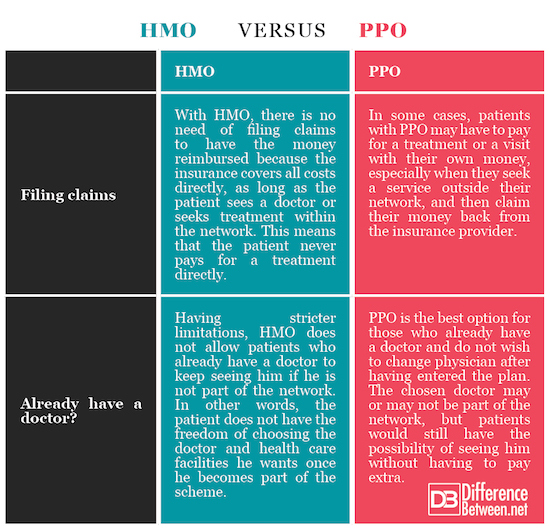Difference Between HMO and PPO
In the United States, citizens need a health insurance plan to be able to receive medical treatment and consult doctors and specialists. Due to the high cost of many insurance plans, having different options is very important for Americans, especially for those with serious health conditions or specific needs. Two of the most popular insurance plans are the Health Maintenance Organization (HMO) and the Preferred Provider Organization (PPO).
Some of the key differences between the two include cost, size of plan network, coverage of out-of-network services and possibility to see specialist doctors in case of particular conditions. In general, PPO is more expensive but provides a broader coverage, allowing patients to see specialists even without the prescription of the primary care physician (PCP), while HMO is less expensive but offers less out-of-network services. Before choosing between one and the other, it is important to understand one’s medical needs and financial situation, and to evaluate whether the HMO network is comprehensive enough.

What is HMO?
HMO, or Health Maintenance Organization, is a type of insurance plan that provides the patient access to hospitals and doctors within a network, which consists of a number of providers and doctors that have agreed to lower their fares, without reducing their quality standards. Some of HMO’s key features include:
- HMO is usually less expensive than PPO, but provides less opportunities for out-of-network services and visits;
- If a patient decides to see a doctor outside the network, he will most likely have to pay the entire fee for the visit;
- Some HMO plans may require the patient to register with a primary care physician who will determine the treatment needed;
- A referral from the PCP is needed in case of special tests and visits;
- There are some restrictions for coverage and not all networks are equally comprehensive; and
- There is usually no deductible (or possibly just a low one) and premiums are lower than for PPO plans.
As such, HMO is the best choice for who is concerned about costs and for those who do not have the financial capabilities to pay for the premiums of a PPO plan.

What is PPO?
PPO, or Preferred Provider Organization, is a flexible insurance plan that allows the patient to pick doctors and hospitals even outside the network of providers. Having fewer restrictions compared to HMO, PPO is usually more expensive but does not require referrals for specialist visits and allows the patient to seek the treatment needed regardless with little to no limitations. Some of the main features of PPO include:
- The patient does not need to register with a PCP and does not require the PCP’s referral for special tests and visits;
- Health care treatments are covered by the insurance even outside the PPO network, although the service is better within the network and small charges may apply for out-of-network visits; and
- PPO’s premiums tend to be higher compared to HMO and there is usually a deductible.
PPO is, indeed, more expensive than HMO, but it is offers a more effective coverage and higher flexibility.
Similarities between HMO and PPO
HMO and PPO are two insurance plans that cover health care-related expenses, ensuring that patients receive adequate treatments without having to pay unreasonable prices. The two plans are rather different: HMO provides patient access to doctors and treatment within a network, while PPO offers greater flexibility. Aside from some key differences, we can identify few similarities between HMO and PPO:
- Both plans grant access to doctors, hospitals and treatments within a network, although PPO allows patients to seek treatment even outside the network. In both cases, the quality of the within-the-network treatment is higher than outside-the-network care;
- Both plans can include dental and vision coverage and both can be tailored to suit the patient’s individual needs. Yet, PPO is generally more flexible and allows the patient and his family to receive adequate care in all circumstances, even outside the pre-arranged network;
- Both plans ensure, or should ensure, good quality treatments, regardless of the symptoms; and
- Both plans ensure coverage for medical emergencies – which means that the life of the patient is at risk – both inside and outside the network.
What is the Difference between HMO and PPO?
Choosing the right health insurance plan is a key decision for most Americans, especially for those who suffer of serious conditions and for those with financial difficulties. In the United States, health care services tend to be very expensive, and most citizens cannot afford to pay for private doctors and treatments, and therefore have to rely on insurance plans to make sure that they can receive adequate treatments in case of need. HMO and PPO are two of the most used plans, and many Americans have had to – or will have to – face the choice between the two, weighing pros and cons of both options. Some of the main differences between HMO and PPO include:
Cost of HMO and PPO
he primary difference between the two plans is their cost. PPO is more flexible and offers greater coverage, but it is generally more expensive than HMO. In some cases, patients do not have the possibility to evaluate pros and cons of each plan, but have to choose the cheaper option regardless of its limitations;
Coverage of HMO and PPO
the second main difference between HMO and PPO concerns the coverage. HMO only grants access to medical treatment and doctors within its network, while PPO insurance also covers the cost of out-of-network visits and services. Depending on the characteristics of each single plan, patients may have to pay small fees even if they have a PPO plan, while HMO grants access to out-of-network medical treatments only in the case of real medical emergencies, or when the life of the patient is at risk; and
Specialists involved in HMO and PPO:
one of the main advantages of the PPO is the possibility of seeing a specialist doctor at any time, without having to seek the referral of the primary care physician. Conversely, patients with and HMO plan need to register with a PCP and always need his referral in order to see a specialist without having to pay extra.
HMO vs PPO: Comparison Chart
Aside from the main differences regarding cost and coverage, there are few other aspects that differentiate HMO and PPO, and all need to be taken into account when making a decision.

Summary of HMO Verses PPO
The American health care system requires citizens to be a part of an insurance scheme that covers their medical expenses. Not all insurance plans are alike, and not all offer the same type of coverage. Two of the most popular plans are HMO (Health Maintenance Organization) and PPO (Preferred Provider Organization). The first scheme is cheaper than the second, but has more limitations and grants access to doctors and hospitals only within its network, while the PPO is more flexible, although more expensive, and provides more flexibility when picking a hospital or a doctor. In addition, in the case of HMO, patients need to register with a PCP and seek his referral to access specialist care and treatment, whereas this is not required in the case of PPO.
Choosing the right plan is not an easy task, and patients need to take into account a number of key factors. HMO’s main advantage is the cost, whereas PPO provides access to a greater number of doctors and hospitals – both within and outside the network – without additional costs. In addition, before making a decision, the patient needs to verify what plans are available in his area and what is the quality of the treatment provided by each scheme. Patients with serious health conditions would benefit from a more flexible scheme, hence PPO, whereas HMO is the best option for those who prioritize costs savings.
- Difference Between Michelle Obama and Melania - January 29, 2019
- Difference Between Trump and Modi - December 4, 2018
- Difference Between Carbon Tax And Cap And Trade - December 4, 2018
Search DifferenceBetween.net :
 Email This Post
: If you like this article or our site. Please spread the word. Share it with your friends/family.
Email This Post
: If you like this article or our site. Please spread the word. Share it with your friends/family.
1 Comment
Leave a Response
References :
[0]Image credit: https://upload.wikimedia.org/wikipedia/commons/thumb/c/c3/California_OPA_Health_Care_Quality_Report_Card_-_HMOs_-_2009-PD-CAGov.jpg/542px-California_OPA_Health_Care_Quality_Report_Card_-_HMOs_-_2009-PD-CAGov.jpg
[1]Image credit: https://en.wikipedia.org/wiki/Health_care_finance_in_the_United_States#/media/File:Healthcare_costs_to_GDP_OECD_2015_v1.png
[2]Hellinger, Fred J. "Selection bias in HMOs and PPOs: a review of the evidence." Inquiry (1995): 135-142.
[3]Isaacs, Stephen L. "Consumers' Information Needs: Results of a National Survey: A road map for providing consumers with better health plan information." Health Affairs 15.4 (1996): 31-41.
[4]Weiner, Jonathan P., and Gregory de Lissovoy. "Razing a tower of Babel: a taxonomy for managed care and health insurance plans." Journal of Health Politics, Policy and Law 18.1 (1993): 75-103.


Extremely Informative. Takes the time out of researching for information. Thanks